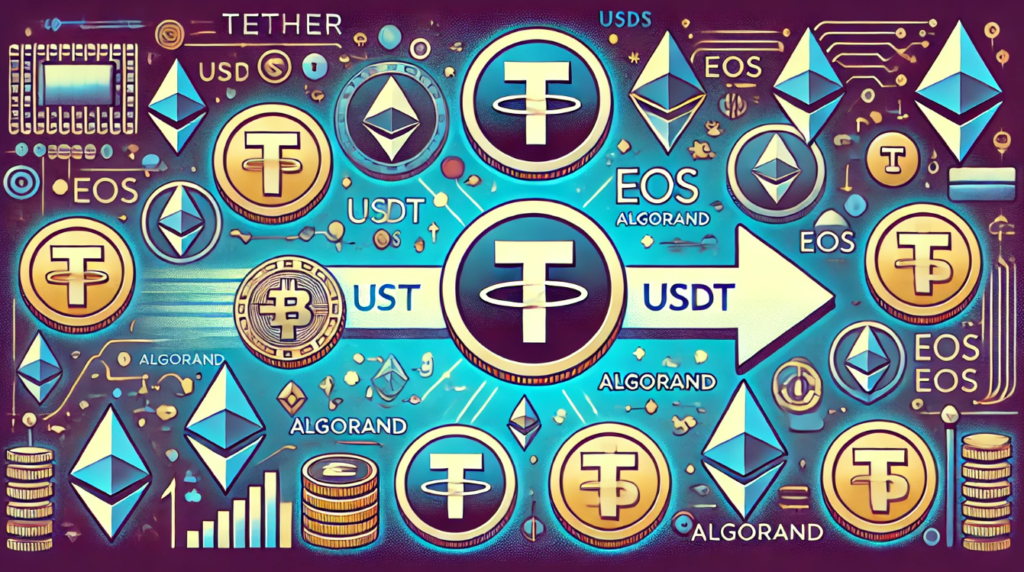Tether has announced the discontinuation of USDT minting on EOS and Algorand blockchains effective immediately. However, USDT redemptions on these blockchains will continue for the next 12 months.
Details of the Announcement
Tether will no longer mint USDT on EOS and Algorand, a decision rooted in the company’s ongoing evaluation of its transport layers. The company assures its users that the transition will be handled meticulously to minimize disruptions.
“We assure our community that this transition will be executed meticulously and with minimal disruption,” Tether stated in their official announcement. “Our top priority remains delivering a seamless user experience, and we are committed to facilitating a hassle-free transition.”
Evaluation and Future Plans
Tether emphasized its commitment to balancing maintainability, usage, and community interest. The company continuously assesses its resources to enhance security and efficiency while supporting innovation across the crypto landscape.
“Our goal is to allocate resources where they can best enhance security and efficiency while continuing to support innovation across the crypto landscape,” the announcement added.
Current and Past Blockchain Support
With the discontinuation of USDT support on Algorand and EOS, Tether now issues its stablecoin on the following blockchains:
Avalanche, Celo, Kava (Cosmos), Ethereum, Liquid Network, NEAR, Polkadot, Solana, Tezos, TON, Tron
Notably, the vast majority of USDT supply is hosted on Ethereum and Tron blockchains.
In August 2023, Tether also discontinued USDT support on Bitcoin, Kusama, and Bitcoin Cash, indicating a pattern of streamlining its operations to focus on the most widely used and supported blockchains.
The Transition Process
The transition away from EOS and Algorand will be carried out over the next 12 months. During this period, users holding USDT on these blockchains will still be able to redeem their tokens. Tether has assured that it will take all necessary steps to ensure that this process is as smooth as possible for all users.
The company’s decision to stop minting USDT on EOS and Algorand comes after thorough assessments of current transport layers. Tether’s strategy aims to strike a balance between maintainability, usage, and community interest, ensuring that resources are allocated where they can best enhance security and efficiency.
Community Reaction
The decision has garnered mixed reactions from the crypto community. Some users express concern about the impact on the ecosystems of EOS and Algorand, while others appreciate Tether’s commitment to focusing its resources on the most efficient and widely used blockchains.
Impact on EOS and Algorand
The removal of USDT support from EOS and Algorand could have significant implications for these blockchains. USDT is one of the most widely used stablecoins in the cryptocurrency market, and its presence on a blockchain can drive significant transaction volume and liquidity.
EOS and Algorand will need to explore other stablecoin options or innovations to maintain and grow their ecosystems without USDT.
Future Prospects for Tether
Looking ahead, Tether plans to continue its focus on enhancing the security and efficiency of its operations. By streamlining the number of blockchains on which USDT is issued, Tether aims to concentrate its efforts and resources on the platforms that offer the most potential for growth and stability.
Tether’s decision to discontinue USDT minting on EOS and Algorand marks a significant shift in its operational strategy. While the transition may pose challenges, Tether’s commitment to a seamless and secure process reflects its dedication to maintaining a high standard of service for its users.












